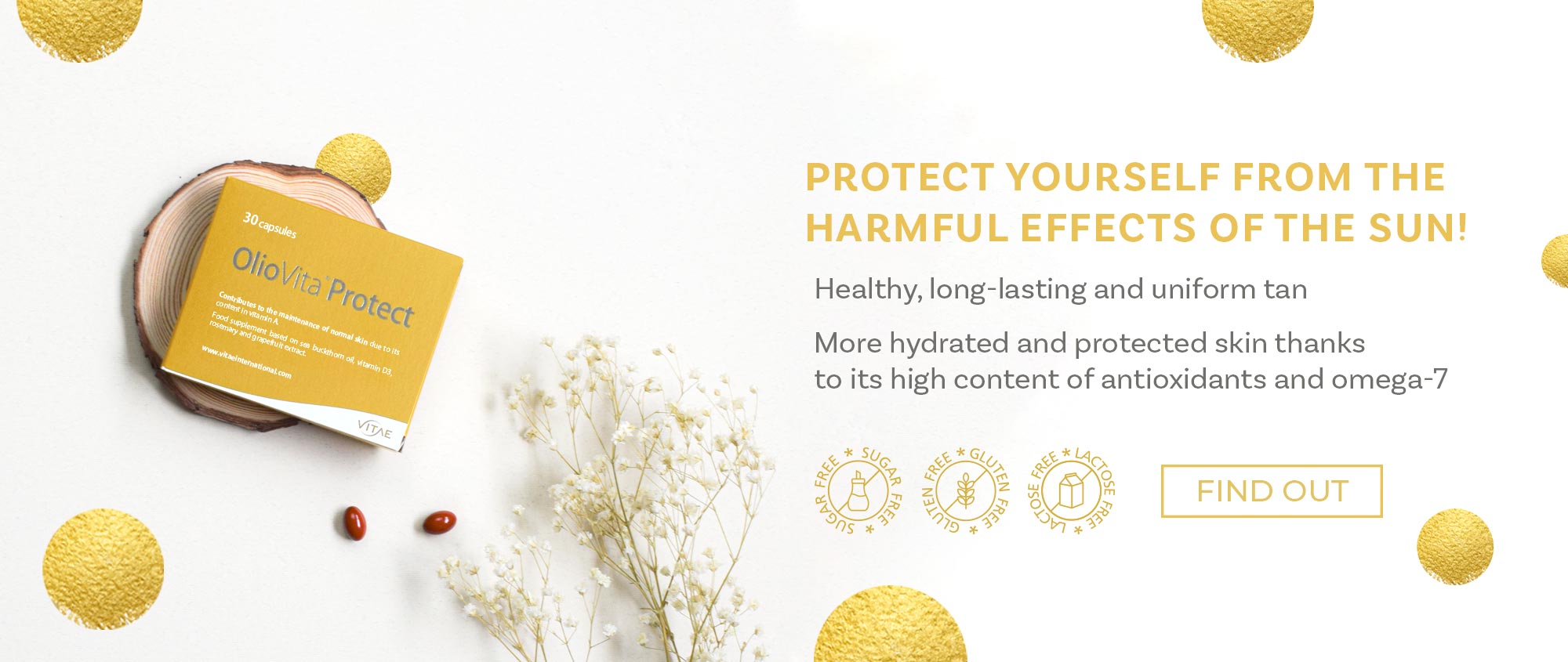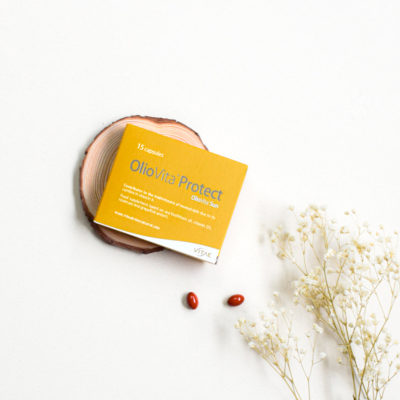On June 13, the world day for the fight against skin cancer was established, which is why in this article we will tell you how it can be prevented and we will give you some tips to detect it in time. Skin cancer in Spain has an incidence rate of 47 cases per 100,000 inhabitants in 2020 according to the AECC Observatory, with an increasing trend in recent years. There are different factors that favor the development of skin cancer, although the most common is excessive exposure to ultraviolet radiation. Those who have clear skin, blond or red hair, and blue or green eyes are most at risk of suffering from it, since they have skin phototypes that are vulnerable to radiation. Skin cancer tends to be more frequent as the years go by, because our skin has memory. There are two types of skin cancer: melanoma and skin carcinoma.
What is a melanoma?
Melanic or pigmented tumors. In Spain, around 5,500 cases are diagnosed annually, being more frequent in women than in men. They are usually diagnosed at any age, but especially between 40 and 70 years of age.
Types of melanoma
- Superficial extension melanoma: it is the most common in white people and is usually seen on the back and lower limbs in women and trunk in men. The age of onset ranges from 30 to 50 years. It is usually flat and irregular in shape and color, with variable shades of black and brown.
- Lentigo maligna melanoma: it usually appears in older people and in areas of the face, neck and arms. They are generally large, flat, and brown in color with brown areas.
- Lentiginous melanoma acral (MLA): it is the least common type of melanoma. It usually occurs on the palms of the hands, the soles of the feet, or under the nails, and is more common in black people.
- Nodular melanoma: it is the second most common type and is more aggressive. It usually appears on the trunk, head or neck around 50-60 years of age. It usually starts out as a dark blue-black or bluish-red color shade, although some have no color at all.
What are skin carcinomas?
Cutaneous carcinomas have nothing to do with melanomas, either in origin, treatment or prognosis. They are very frequent in the population and it is that worldwide in 2020 1,198,073 cases were diagnosed, being 6.2% of all cancers. In Spain, in 2020, 22.229 cases were diagnosed, with an incidence of 61 cases per 100,000 inhabitants in men, while in women it was 33 cases per 100,000 inhabitants.
Types of skin carcinomas
- Epidermoid , squamous cell or squamous cell carcinoma: it is a malignant proliferation of a type of skin cells, keratinocytes, and accounts for up to 20-25% of malignant skin tumors. Its appearance is that of a wound with a scab and raised edges that bleed easily.
- Basal cell or basal cell carcinoma: it is the most frequent of skin cancers, between 80 and 90% of all skin cancers. This type of carcinoma appears on areas of the body exposed to the sun, such as the face, ears, scalp, shoulders, and back. And it occurs in the deepest layer of the epidermis.
How to do a skin self-exam
- Look at your face, taking into account the nose, lips, mouth, even behind the ears.
- Observe your scalp with the help of a comb to separate the hair.
- Check your hands, palms, backs and between fingers.
- Look at the neck, chest, and upper body. Women should examine their breasts and under them.
- Raises the arm to examine the inside of the arm and armpit.
- The neck and back.
- Buttocks and back of the legs, also the soles of the feet and between the toes.
When we carry out the self-examination we must take into account the ABCDE rule that can help us distinguish between a mole and a melanoma:
- Asymmetry: Half of a mole is not the same as the other half.
- Irregular edges: ragged, fuzzy, jagged edges.
- C. Color: various colors in the lesion. The most dangerous are reddish, whitish and bluish on black lesions.
- D. Diameter: when it measures more than 6mm or increases in size
- E. Evolution: if there are changes in the size or shape
How can we prevent skin cancer?
In order to prevent skin cancer, it is important to keep in mind that exposure to ultraviolet radiation is the main risk factor. Therefore, such excess of sun exposure should be avoided and regular use of sunscree in order to reduce the risk of developing any type of skin cancer, especially in people with sensitive skin whose skin phototype is low . We can also prevent it by taking into account the following tips:
- Use sunscreen before sun exposure and apply it abundantly and continuously before and during exposure.
- Avoid exposure to the sun in the central hours of the day, between 12 and 16 hours.
- Wear protection against UV radiation: clothing such as long pants, long sleeves, hats and glasses when we are outdoors and exposed to solar radiation.
- Avoid exposure to tanning beds or devices.
As soon as you find an unusual change in the skin that worries you, after having done the self-examination, do not hesitate to visit your doctor / dermatologist.







